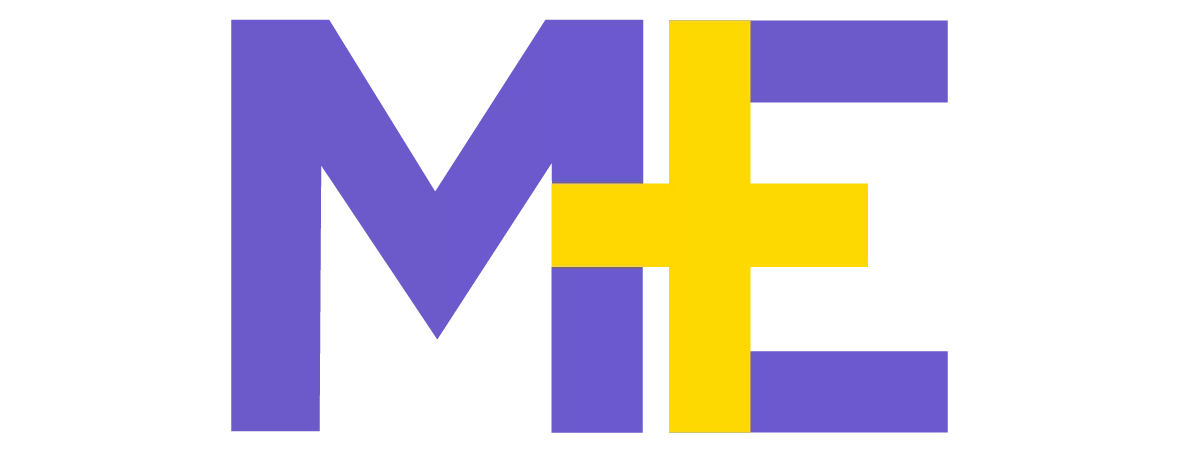The U.S. Treasury Department’s Office of Foreign Assets Control (OFAC) plays a critical role in enforcing economic sanctions.
One of its main tools is the blocking of assets belonging to individuals, entities, or governments that violate U.S. laws or threaten national security.
Understanding what blocked assets are, how they’re identified, and the legal mechanisms for their release is essential for those navigating U.S. sanctions regulations.
What Are Blocked Assets?
Blocked assets refer to property or interests in property that U.S. persons are prohibited from transferring, withdrawing, or dealing with due to OFAC sanctions. These assets may include bank accounts, real estate, securities, or other financial instruments.
When OFAC designates a person or entity, all their assets under U.S. jurisdiction are immediately frozen. These OFAC blocked funds cannot be moved without a specific license from OFAC. The goal is to deny sanctioned parties access to economic resources that could be used to support unlawful or hostile activities.

OFAC Rule Fifty Percent: What Does the 50% Rule Mean?
The OFAC 50 rule expands the scope of blocking to entities that are not explicitly named by OFAC but are owned 50% or more by designated individuals or entities. This rule ensures that sanctioned persons cannot avoid penalties by shifting ownership to subsidiaries or partners.
For example, if two SDNs each own 25% of a company, and together their ownership reaches or exceeds 50%, that company’s assets will also be treated as blocked. U.S. persons must conduct thorough due diligence to identify indirect ownership and avoid engaging in prohibited transactions.
What Types of Assets Can Be Blocked?
Blocked assets cover a wide range of property types. The most common include bank accounts held by designated individuals or entities in U.S. financial institutions. Once frozen, these funds cannot be accessed, transferred, or used without specific authorization from OFAC.
Equity holdings are also subject to blocking. Shares in publicly or privately held companies – if owned 50% or more by a sanctioned person or entity – are treated as blocked. This includes dividends, voting rights, and other benefits derived from ownership.
Real estate and tangible property, such as vehicles, artwork, or inventory, can also be blocked if located within U.S. jurisdiction or if tied to a sanctioned party. OFAC regulations apply not only to titleholders but to beneficial ownership, expanding the enforcement net.

Digital assets, such as cryptocurrencies and tokens, are increasingly targeted by OFAC. If these assets are associated with a designated party or used in prohibited transactions, they may be frozen by exchanges or wallet providers operating in or connected to the U.S.
Even less obvious property, such as intellectual property rights, contractual claims, and insurance payouts, may be subject to blocking under certain conditions. The key factor is whether a sanctioned party holds a direct or indirect interest in the asset.
This broad and evolving scope of enforcement highlights the importance of compliance. Individuals and businesses involved in international transactions must perform rigorous due diligence to avoid exposure to OFAC penalties.
How Can Blocked Assets Be Released?
Releasing blocked assets typically requires applying for a license from OFAC. Petitioners must submit a detailed request explaining why the asset should be unblocked, often accompanied by documentation showing a change in ownership, legal errors, or humanitarian grounds.
In some cases, the individual or entity must be removed from the SDN list before assets can be released. This process involves a separate petition for delisting, which can take months or longer. OFAC may also issue general licenses permitting certain transactions under specific conditions.
Legal guidance is essential during this process, as improperly submitted applications may be delayed or denied.
Legal Assistance in Dealing with OFAC
Navigating OFAC regulations and securing the release of blocked assets is a complex legal challenge. Attorneys experienced in sanctions law can assess ownership structures, file license applications, respond to OFAC inquiries, and pursue delisting when necessary.
Legal counsel is especially important in cases involving the OFAC blocked funds held under the OFAC 50 rule, as even indirect links to sanctioned individuals may lead to asset freezing.
For those affected by U.S. sanctions, timely and strategic legal action offers the best chance of recovering control over blocked property and restoring access to essential resources.

